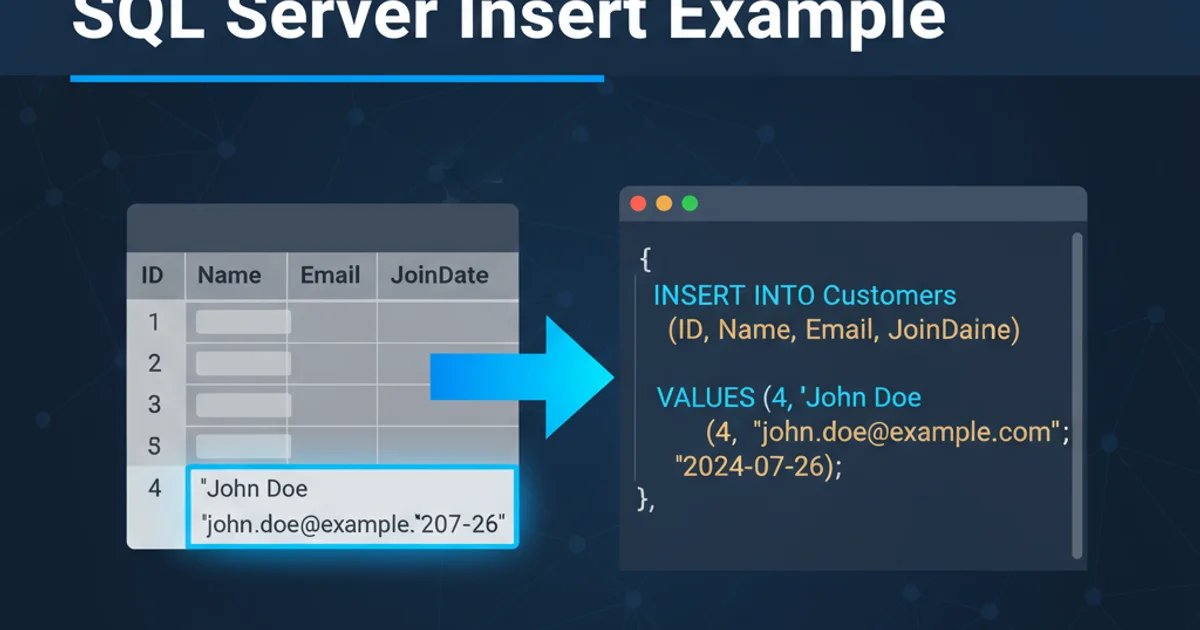Is charset=unicode UTF-8, UTF-16 or something else?
Categories:
Understanding 'charset=unicode': UTF-8, UTF-16, or Something Else?

Explore the nuances of character encodings, specifically 'charset=unicode', and clarify its relationship with UTF-8, UTF-16, and other Unicode Transformation Formats.
When dealing with web development, data exchange, or file storage, you often encounter character encoding declarations like charset=UTF-8 or charset=ISO-8859-1. A less common, but sometimes confusing, declaration is charset=unicode. This article aims to demystify what charset=unicode implies, its historical context, and how it relates to the widely used Unicode Transformation Formats (UTFs) such as UTF-8 and UTF-16.
The Evolution of Character Encoding
Before Unicode became the dominant character encoding standard, a multitude of different encodings existed, each designed for specific languages or regions. This led to significant interoperability issues, often resulting in 'mojibake' (garbled text) when data was exchanged between systems using different encodings. Unicode emerged to solve this problem by providing a single, universal character set that could represent every character from every language.
flowchart TD
A[Pre-Unicode Era] --> B{Multiple Encodings}
B --> C1[ASCII]
B --> C2[ISO-8859-1]
B --> C3[Shift-JIS]
C1 & C2 & C3 --> D{Interoperability Issues}
D --> E[Unicode Standard Introduced]
E --> F{Unicode Transformation Formats}
F --> G1[UTF-8]
F --> G2[UTF-16]
F --> G3[UTF-32]
G1 & G2 & G3 --> H[Universal Character Representation]Evolution from fragmented encodings to the unified Unicode standard.
What Does 'charset=unicode' Mean?
The term unicode in a charset declaration is ambiguous and generally discouraged. Historically, it often referred to UTF-16, specifically UTF-16BE (Big Endian) or UTF-16LE (Little Endian), especially in contexts like Java's internal string representation or early XML declarations. However, it does not explicitly specify the byte order or the exact transformation format.
In modern web standards and protocols, charset=unicode is not a recognized or recommended encoding label. The Internet Assigned Numbers Authority (IANA) maintains a registry of character sets, and unicode as a standalone charset is not listed. Instead, specific Unicode Transformation Formats like UTF-8, UTF-16, or UTF-32 should always be used to ensure clarity and proper interpretation.
charset=unicode. It is ambiguous and can lead to incorrect character interpretation, especially across different platforms or programming languages. Always specify a precise Unicode Transformation Format like UTF-8.UTF-8 vs. UTF-16: The Primary Unicode Encodings
Unicode itself is a character set, a mapping of abstract characters to integer code points. To store or transmit these code points, they must be encoded into a sequence of bytes. This is where UTF-8, UTF-16, and UTF-32 come into play.
UTF-8: This is the most common encoding on the web. It is a variable-width encoding, meaning characters can take 1 to 4 bytes. ASCII characters (U+0000 to U+007F) are encoded as a single byte, making it backward compatible with ASCII. Its efficiency for Latin-script languages and its widespread adoption make it the de facto standard.
UTF-16: This is also a variable-width encoding, but characters are encoded in 2 or 4 bytes. It was once popular for internal string representation in systems like Java and Windows. It is generally less efficient than UTF-8 for text primarily composed of ASCII characters, as each ASCII character requires two bytes.
UTF-32: This is a fixed-width encoding where every character takes exactly 4 bytes. While simpler to process in some ways, it is highly inefficient for storage and transmission due to its larger size per character, and thus rarely used for external data.
import java.nio.charset.Charset;
public class CharsetExample {
public static void main(String[] args) {
String text = "Hello, 世界!"; // '世界' are Chinese characters
// Encoding to UTF-8
byte[] utf8Bytes = text.getBytes(Charset.forName("UTF-8"));
System.out.println("UTF-8 Bytes: " + utf8Bytes.length + " bytes");
// Encoding to UTF-16
byte[] utf16Bytes = text.getBytes(Charset.forName("UTF-16"));
System.out.println("UTF-16 Bytes: " + utf16Bytes.length + " bytes");
// Attempting to use 'unicode' (will likely fail or default to a specific UTF)
try {
byte[] unicodeBytes = text.getBytes(Charset.forName("unicode"));
System.out.println("Unicode Bytes: " + unicodeBytes.length + " bytes");
} catch (java.nio.charset.UnsupportedCharsetException e) {
System.out.println("Charset 'unicode' is not directly supported or is ambiguous.");
}
}
}
The Java example above demonstrates how different encodings result in different byte lengths for the same string. Notice how Charset.forName("unicode") might throw an exception or default to a specific UTF-16 variant depending on the JVM implementation, highlighting its ambiguity.
charset=UTF-8 in your HTML <meta> tags, HTTP headers, and file encodings. This ensures maximum compatibility and avoids character display issues.